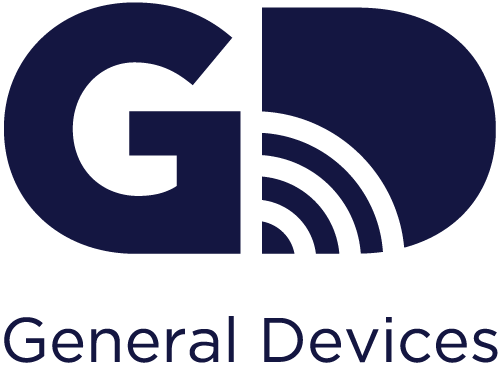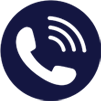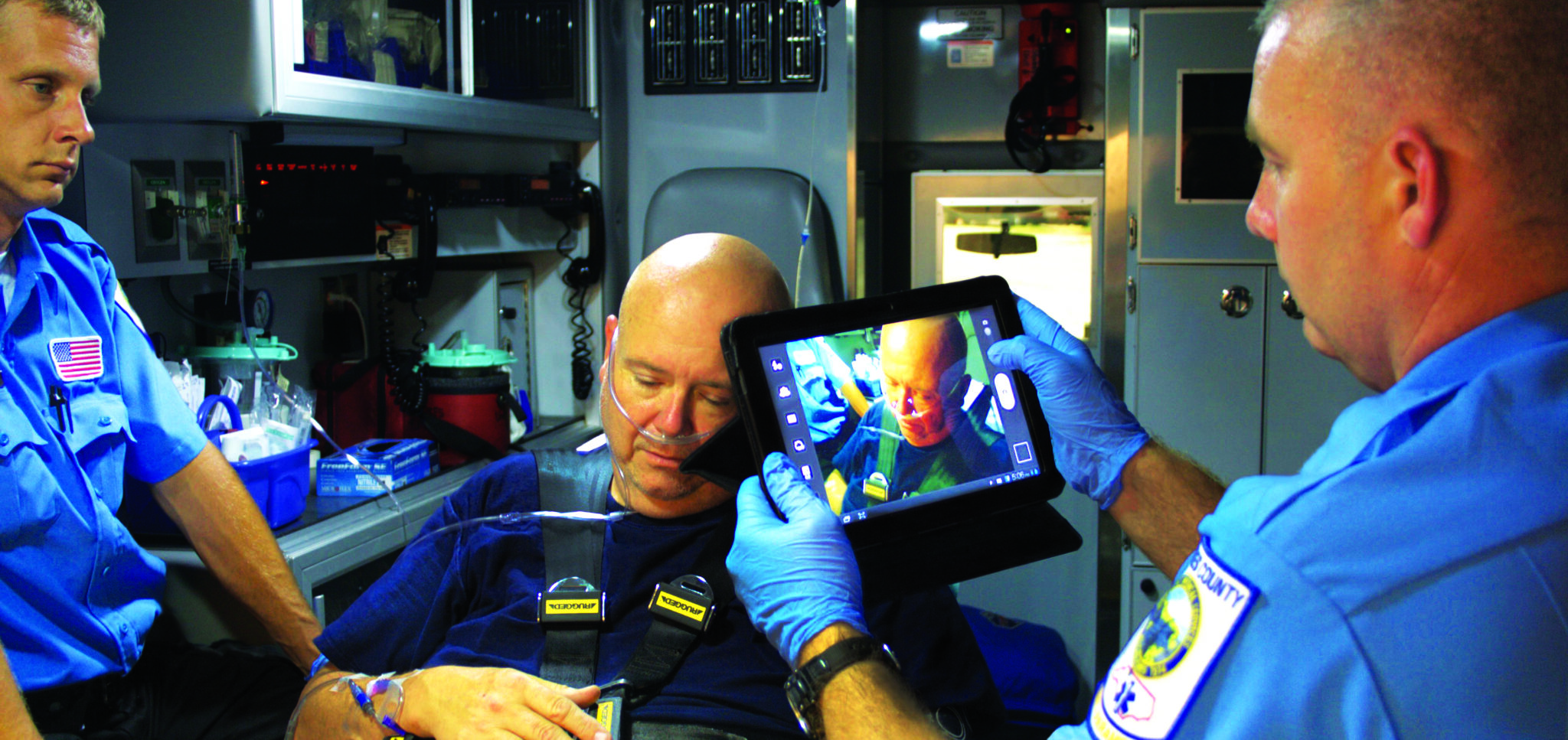Saving Time: Stroke Care Clockwork
For a primary or comprehensive stroke center, the Stroke Coordinator is essential to the success of the stroke program. It is the job of the Stroke Coordinator to ensure the program meets the clinical and regulatory requirements. He or she is really the coach of the team keeping everyone aligned to minimize the time to treatment and that’s no easy task! In fact it’s daunting in the face of the statistic that stroke patients risk losing 2 million brain cells per minute following an episode.
For our stroke coordinator, we’ll call her Kathy, a nurse at Typical Medical Center (TMC), aligning the team and shaving precious minutes is a bit like herding cats but with lives and outcomes on the line. Kathy knows TMC’s stroke program needs a workflow process that is accurate and minimizes time wasted waiting for intervention by the neuro team. Fortunately, Kathy also knows that for patients brought in by ambulance, there is a window of opportunity to streamline the workflow and really save time and brain.
Kathy needs a workflow process that will make every second count from first medical contact all the way through intervention without burdening limited resources and staffing capabilities. She needs a mobile telemedicine technology solution that will provide 24/7 consultation and communications availability and real-time access to patient status and data at the push of a button. She needs a system that will optimize current cases and improve training and QA for future cases. She needs the technology to be mobile, HIPAA secure, easy to use and highly configurable to operate the way she wants, not a forced standard template. This begs the question; how can Kathy bridge these gaps? Essentially leaning her stroke care workflow process from current state to a better future state for her patients.
The answer exists. She can bridge these typical gaps with a truly mobile telemedicine solution that is designed for time-sensitive acute care, but is flexible and broad enough to improve much more than just stroke. A mobile telemedicine workflow solution app, like GD e-Bridge™ Stroke Module, will provide everything Kathy’s team needs – and more. One that allows stroke assessment and intervention to begin where it should, with first medical contact, either by walk in at the ED or by EMS right in the patient’s home. Kathy knows others have experienced 28-46% improvement in door-to-needle therapy, with clot dissolving drugs being administered 19 minutes sooner on average. Real-time logged and timestamped metrics in are visible via mobile devices across the full care team. Video of patient assessments are shared with neurologists for decision support and LVO detection before the patient is en-route. Not while they’re lying on the stretcher in the ED wasting precious minutes.
Once the patient arrives, Kathy knows that with the GD e-Bridge mobile telemedicine system hand-off delay and errors will be minimal. Registration will have already printed the wristband, CT radiology has cleared the scanner, pharmacy is standing by with TPA and the neurologists know down to the minute when to expect the patient in the lab. Just like clockwork. Just the way Kathy wants it. Just the way the patient needs it. Just as it should be.
About GD (General Devices)
General Devices (GD) enables smarter patient care by empowering hospitals, EMS, mobile integrated healthcare, community paramedicine and public safety responders with the most comprehensive, interactive, configurable, affordable and integrated medical team communication and mobile telemedicine solutions. Offering benefits unmatched in the industry including enhanced workflows, minimized risks, reduced costs and improved patient outcomes, GD’s innovative solutions like e-Bridge and CAREpoint help more than 15,000 patients’ lives daily. Learn more at general-devices.com


